News
-

Common ASTM Materials For Piping
STEEL PIPE MATERIALS ASTM A53 (Gr. A and B): seamless and welded carbon steel pipes for medium-high temperature and structural application ASTM A106 (Gr. A and B): Specification for seamless carbon steel pipe for high-temperature service ASTM A333 (Gr 1-11): Specification for ...Read more -

Alloy Steel vs. Stainless Steel
Chemical Composition: Alloy steel contains the presence of elements other than iron and carbon, such as manganese, silicon, nickel, boron, chromium, vanadium, etc. These elements are added under heat treatment. As such, technically, stainless steel is also a high alloy steel, ...Read more -
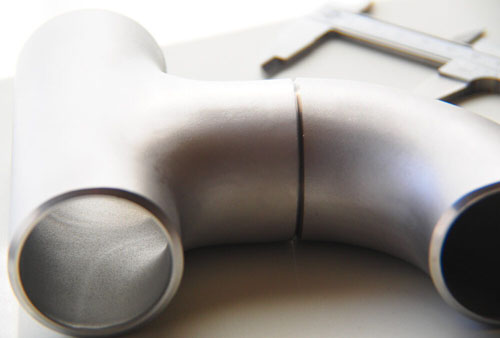
How to identify and ensure the quality of butt weld pipe fittings
Buttweld pipe fittings are the components that are used to change and redirect the flow of the pipe. Buttweld pipe fittings consist of elbows, Flanges, concentric and eccentric reducers, caps, OD tubes, seamless fittings, welded fittings, etc. How to identify and ensure the qu...Read more -
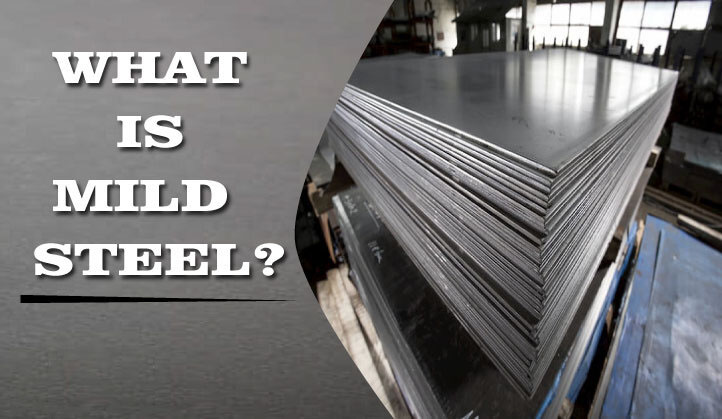
What is Mild Steel?
Mild steel is a type of carbon steel with a low amount of carbon – it is actually also known as “low carbon steel.” Although ranges vary depending on the source, the amount of carbon typically found in mild steel is 0.05% to 0.25% by weight, whereas higher carbon steels are ty...Read more -
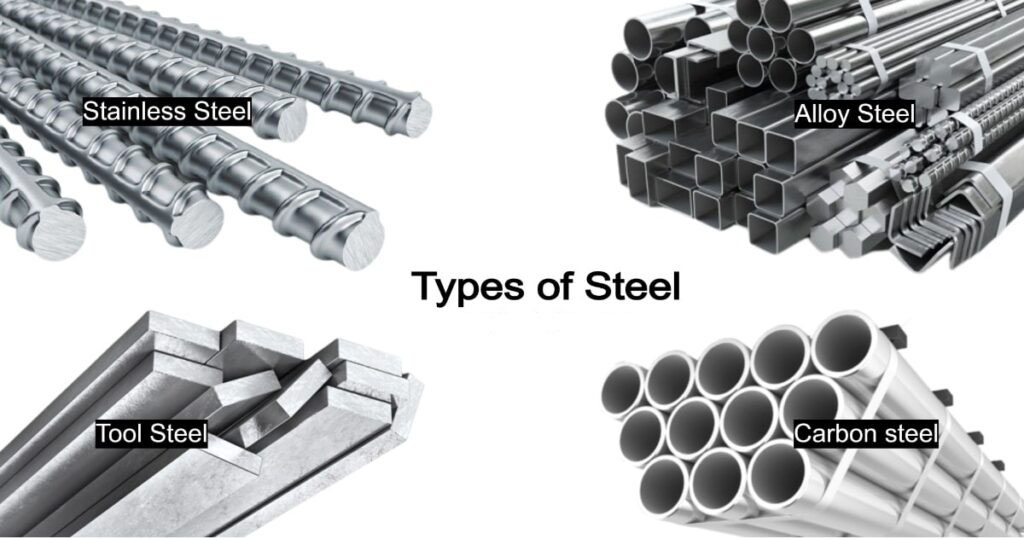
Four Types of Steel
Authorities grade and categorize steel types into four groups—Carbon, Alloy, Stainless, and Tool. So what are these different types of steel made of, and what are they used for? CARBON STEELS Carbon steels only contain trace amounts of elements besides carbon and iron. This gr...Read more -

Pipe Sizes and Tolerances
Steel pipe sizes around the world are standardized on historic dimensions that are now referred to as Nominal Pipe Sizes (NPS). In addition to standardizing the nominal outside diameter (OD), a series of standard wall thicknesses was developed years ago and these were labeled ...Read more -
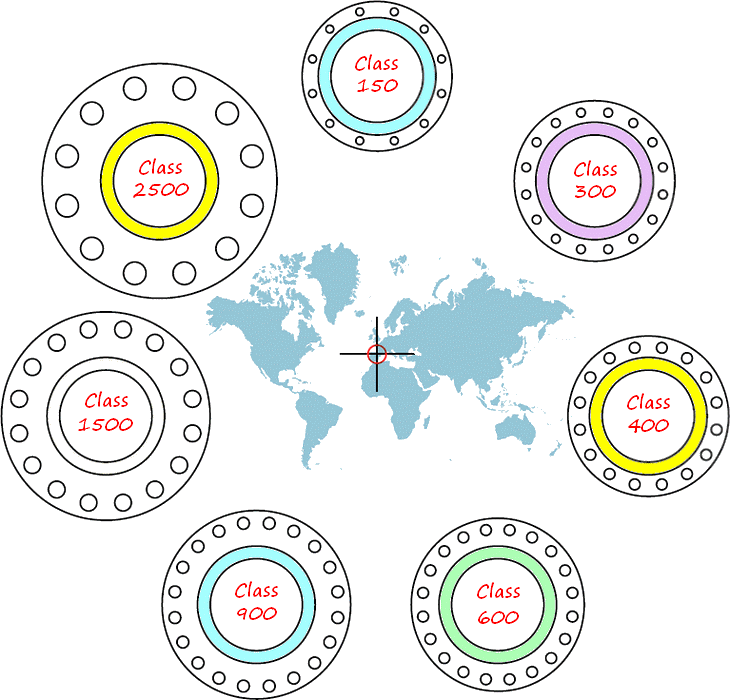
Pressure Rating ANSI Class vs Nominal Pressure (PN)
“Pression Nominal” is the rating designator followed by a designation number indicating the approximate pressure rating in bars. Piping Class Ratings based on the ASME B16.5 – Pipe Flanges and Flanged Fittings: NPS 1/2 through NPS 24 Metric/Inch Standard R...Read more -
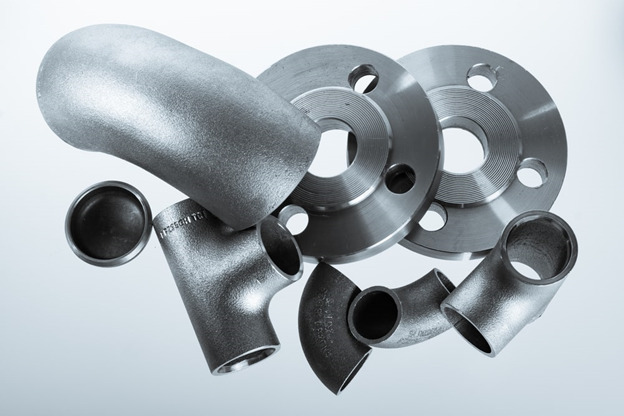
What are the Different Types of Pipe Fittings
For all piping and plumbing systems used in industrial and commercial applications, the pipe fittings are commonly needed. Fittings require pipes to be joined or mounted in the appropriate place and, where possible, terminated or closed. Fittings come in different shapes and s...Read more -

Manufacturing Processes for Forged Fittings
Pipe Fittings are made using a variety of manufacturing procedures to create Elbows, Tees, Reducers, and other pipe fittings. Smooth Pipe and Welded Steel are utilised to make fittings with filler content (ERW & EFW pipes cannot be used for constructed fittings). Plate fit...Read more

